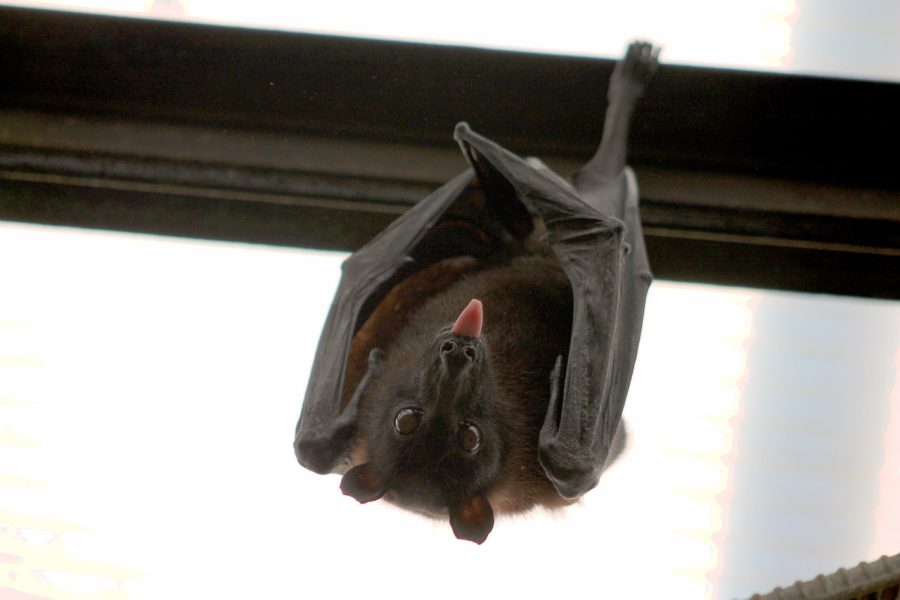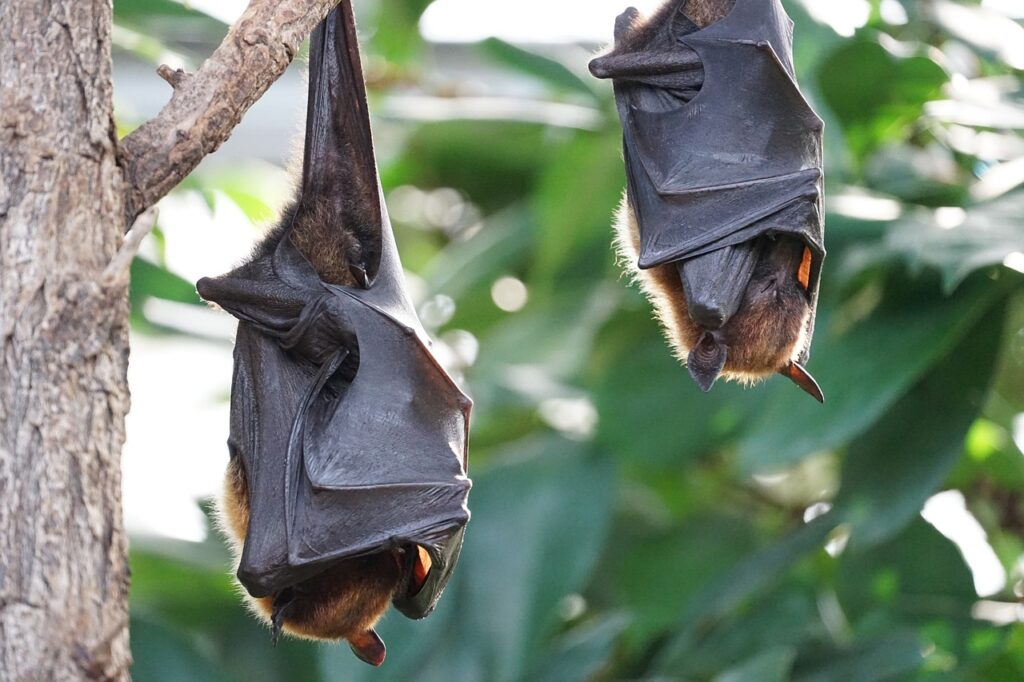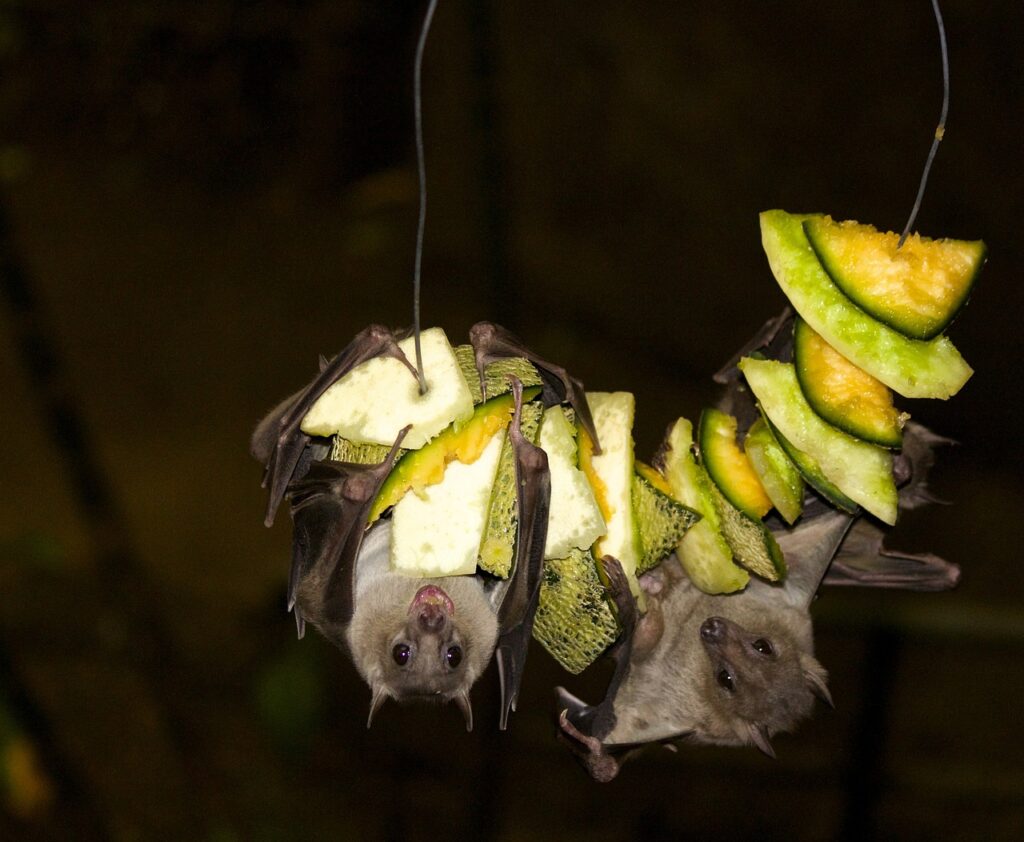
You really don’t want pests in your attic and especially bats. When you have a bat infestation, it is a scary ordeal that presents several dangers to your home and health. But there are plenty of ways to protect your home against unwanted bats in your attic.
Bats looking for dry and warm places to live during the winter are naturally drawn to a home’s chimney, attic, and walls. And Virginia can get pretty cold during the fall and winter. Additionally, bats living in your attic can multiply very quickly. Because male bats stay outside, you automatically know that any bat in your home is a female. So, that means you have an elevated risk of baby bats being born in your home. No one wants that.
Should you want to know if you have a bat infestation in your home and attic? Read more below.
Do You Have Bats in Your Attic?
Compared to other pests you may encounter in your home, bats are very quiet. They are active in the evening, which makes confirming their presence a little trickier. So, here are some key signs that you have bats in your attic or walls.
Locate the Entry Points
Bats get into your home through an entry point which they will use as their entry and exit points to access your home. And bats will use the same one or two entry points to access your attic, most likely found along your roofline or above. Sometimes, there are wall vents or other vulnerabilities they will utilize for entry in the siding of homes.
Bats are very filthy animals, and they leave a greasy film as well as droppings that stain the area around their entry point. While inspecting the exterior of your home, keep an eye out above your head for a dirty access point. Then have a local pest control company come out to locate and encourage the bats out.
Droppings or Bat Guano
As discussed above, entry points are typically located around your roofline since it is close to your attic. Then, when a bat gets into your attic, they will often relieve themselves, which gives you visual evidence of their presence. Not to mention, bats defecate in piles rather than scattered around like a rat. So, that is another indicator of bat presence. Bat droppings are called guano, and this fecal matter can carry disease and stink up the home.
Sounds and Visual Confirmation
Did you know bats will vocalize? The best time to hear a bat is when they are active in the evening and at night. Watching bats flying out of your home is the best indicator of their presence. When watching, try to locate the entry access point that they pass out of to determine how they are getting into your home so you can seal it up. However, before you get it sealed up, you will need to get the bats out. That is where pest experts like James River come in handy.

Dangers Associated with a Bats in Your Attic
Of course, bats can be dangerous to humans and animals. If provoked, they can bite. However, they also can transmit diseases and be a health liability from those bat bites, droppings, and parasites. Here are some of the diseases they transmit.
Histoplasmosis:
How dangerous is that bat guano in your attic? Bat guano or droppings can be detrimental to your health because they carry the fungus Histoplasma capsulatum. If it dries, becomes air born, and is inhaled, it can give you a lung infection called histoplasmosis. It can be fatal if it spreads beyond the lungs and into the whole body. It is recommended that you get a professional to clean up the bat guano in your attic.
Rabies:
For humans and pets, bats are the second-largest carrier of rabies, only second to raccoons. The rabies virus can be transmitted through the bite of an infected bat. And a human can also be exposed to rabies through contact with bat fur, blood, guano, or urine. In humans, bat bites are infrequent. Still, if you suspect that you have a bat issue, do not take any chances.
Nipah Virus:
Another dangerous disease involving bats include the Nipah Virus. Transmission of this disease is mainly by the fruit bat and can be fatal. Symptoms vary from none to fever, cough, headache, trouble breathing, and confusion. In a worst-case scenario, the condition can be spread and may worsen into a coma.
Hendra Virus:
Also linked to fruit bats or flying foxes. Both Hendra and Nipah can cause neurological and respiratory diseases in human beings.
Coronavirus and SARS:
A family of the original form of viruses linked to respiratory diseases, coronavirus, has been found in multiple bats species. Bats can also transmit Severe Acute Respiratory Syndrome, known as SARS.
Bacterial Growth:
Bacteria growth begins from an accumulation of bat droppings. Airborne pathogens are released when the powdery guano breaks down. As the pile gets more prominent, it can affect the attic structure and insulation.

Are There Other Bat Issues?
And if those were not enough to put fear in your heart about bats in your attic, there is more. Other bat-related issues include the animals dying in your walls and attic. Therefore, if you smell a stench coming from your walls or attic, it could be a bat that has died and is trapped inside your home’s walls. And the stench of death is almost impossible to forget.
In addition to all the above issues, bats are a protected species. According to Virginia.gov and the Endangered Species Act:
“It is a Federal offense to harass, harm, pursue, hunt, shoot, wound, kill, trap, capture, or collect, or to attempt to engage in any such conduct any endangered or threatened species.”
So, What Does Bat Removal Look Like?
Legally the only way to remove an entire bat colony is through thorough prevention measures and the use of a one-way door system. James River Pest Solutions can seal up every possible entry point and place a one-way door on the main entry and exit point. The bats can crawl through the exit but will not be able to fly back in once they attempt to return. Fortunately, many bats will leave during the first night. However, it typically takes up to six weeks for the entire colony to be excluded.
Many products can be used to encourage them out of your attic. Here are a few.
- Bat alarms will emit a sound that is quite unappealing to the highly sensitive bats.
- Seal Up all entry points to the home. And remember, they can squeeze into tiny openings. So get them all.
- Once they are out, remove all pheromones left.
- Eliminate food sources from your yard and garden.
- Bright lights deter bats as well.